MIZZI Computer Software
Noise comparison between a DLSR and a Super-Zoom-Digicam

MIZZI Computer Software
|
 |
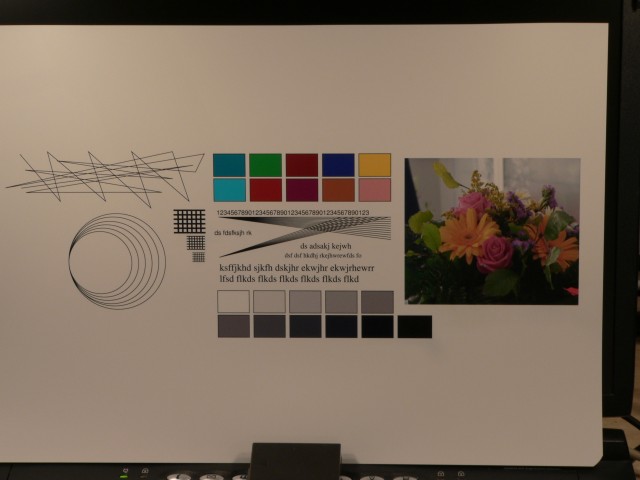 |
click to enlarge it |
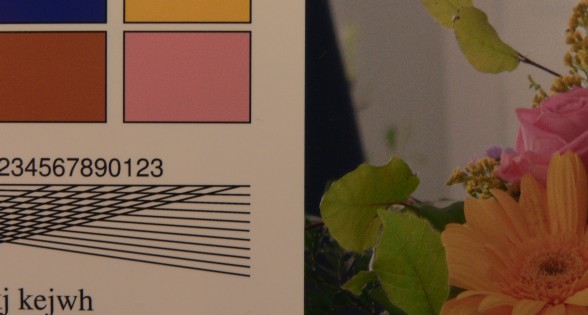 |
FZ20 f/5.6, 1/15 sec, ISO 80 |
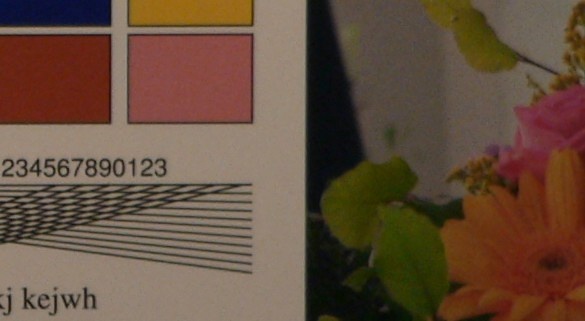 |
FZ20, f/2.8, 1/100 sec, ISO 100 |
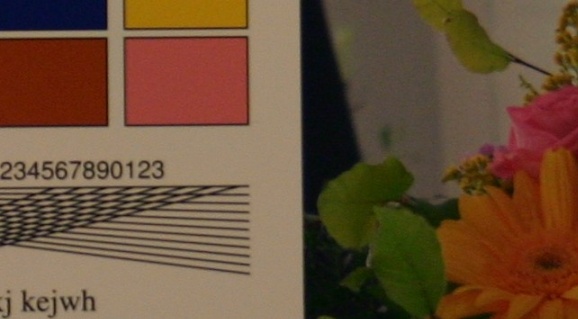 |
300D, f/5.6, 1/100 sec, ISO 400 |
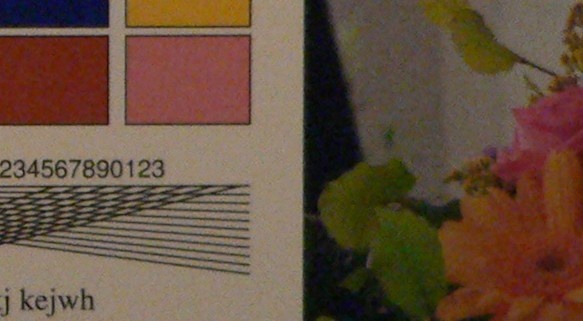 |
FZ20, f/2.8, 1/400 sec, ISO 400 |
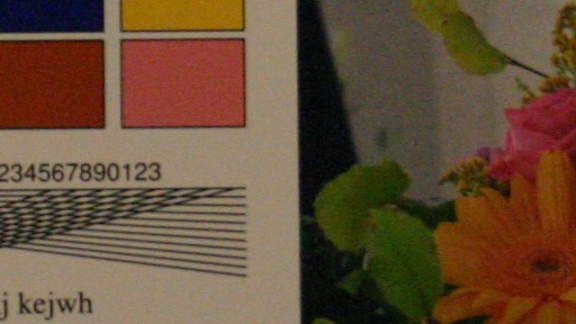 |
300D, f/5.6, 1/400 sec, ISO 1600 |
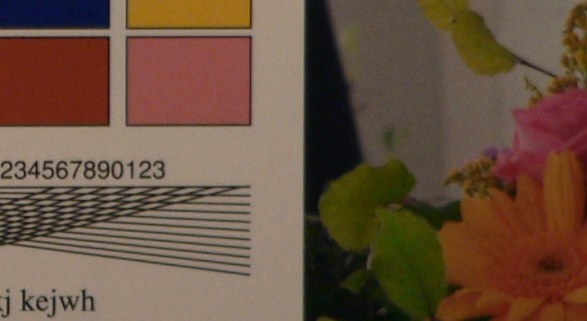 |
FZ20, f/2.8, 1/80 sec, ISO 80 |
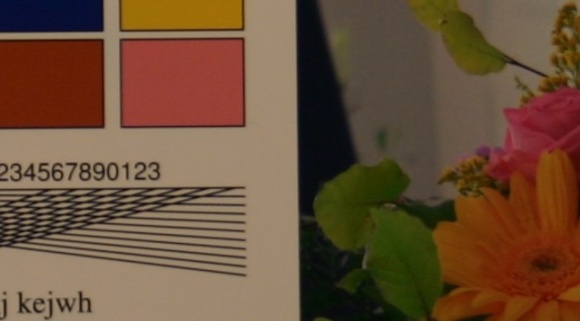 |
300D, f/5.6, 1/25 sec, ISO 100 |
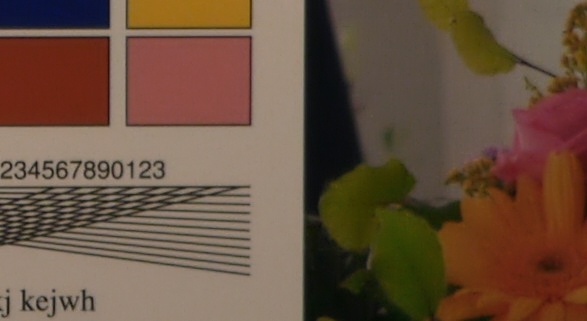 |
FZ20, f/2.8, 1/80 sec, ISO 80, noise reduction level 1 |
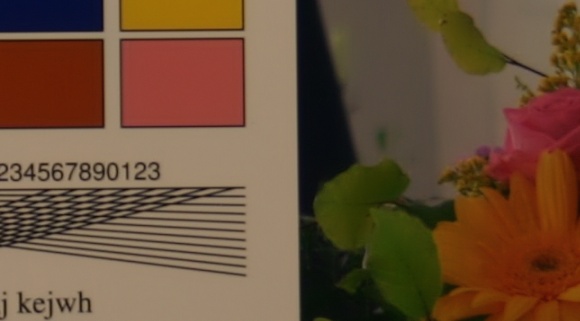 |
300D, f/5.6, 1/25 sec, ISO 100, noise reduction level 1 |